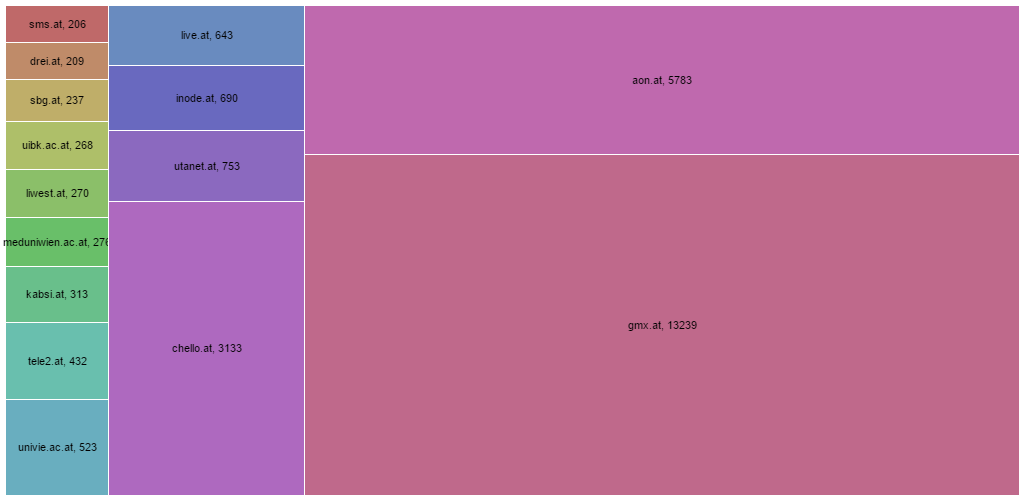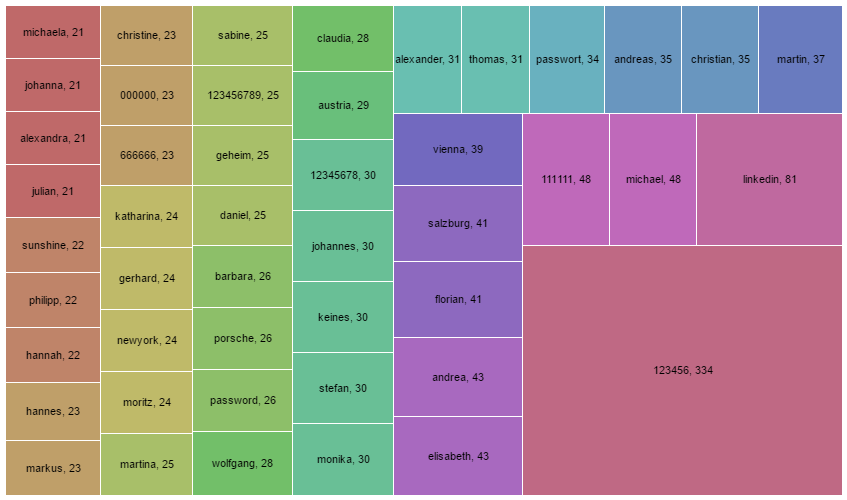
Less than two weeks ago we released the biggest update to Socialcube since it’s launch in late 2014, now we present you another awesome feature:
WEGA is now part of Socialcube
What is WEGA?
 WEGA is a simple, DNS based web- and adfiltering solution that can be set up in under 2 minutes and automatically protects your PC or even your whole network from threats or annoyances on the web.
WEGA is a simple, DNS based web- and adfiltering solution that can be set up in under 2 minutes and automatically protects your PC or even your whole network from threats or annoyances on the web.
You can set it up easily via Socialcube and select which categories of the web you’d like to block. You can also specify a white- and blacklist so all websites you need will still work.
To celebrate our new milestone, WEGA will be free until 15th of September!
After 15th of September the price of WEGA will depend on the institution type and goes from 15€ per year (for private accounts) to 200€ per year (for educational institutions).
If you haven’t already, create your Socialcube account now.
Why should I use WEGA?
- It’s easy and fast to set up, check out our Setup guide.
- There is a filter category for many bad things, including Windows 10 spying features. Just select the “Windows 10 spying” category and your Windows 10 won’t be able to spy on you anymore.
- It Can protect your devices from ads, malware, botnets and other nasty stuff on the internet.
- If set up on your home router, all devices in your network will be protected, even smartphones, printers and smart TV’s.
- WEGA has awesome analytic features so you can keep an eye on the requests your computers make.
Q/A
Q: Can I use it on just one Computer in my home?
A: Absolutely, WEGA can be used by whole networks or individual computers. Just follow the setup guide for the devices you want to use it on.
Q: Can I use it as an Adblocker on my smartphone?
A: Yes! If you select the “Ads and tracking” category, your device will be free of ads. This also means faster page loads and less traffic on your device.
Q: After 15th of September, are there any usage limitations?
A: No, there is no threshold or limit where you are blocked or slowed down as long as it’s not a volume of connections we could consider as an attack on our infrastructure.
Q: Is my data safe?
A: Socialcube was built from the ground up with security and privacy in mind. In our last blog post we explained how we implemented encryption and hashing to protect your data.
Also the data from the webfilter is never on the Socialcube servers and individual users can’t be tracked.





